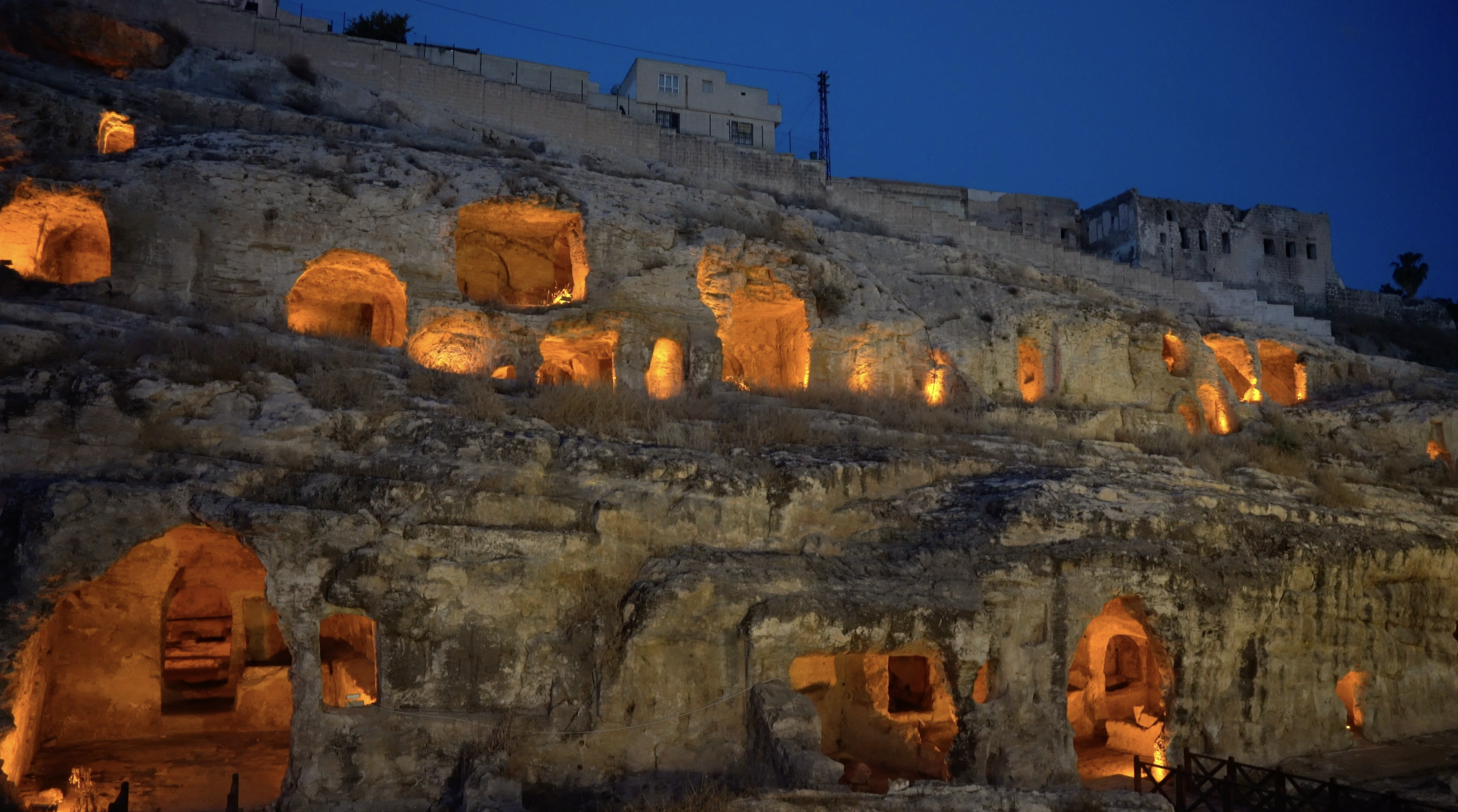Summary
Introduction to Kızılkoyun Necropolis
Kızılkoyun Necropolis stands as a testament to ancient craftsmanship and burial traditions. This archaeological treasure dates back to the Roman period and offers insight into historical funeral practices. Visitors to this site near Şanlıurfa, Turkey, explore tombs carved directly into the limestone bedrock. These intricate subterranean chambers resonate with the echoes of a bygone era. They reveal the Romans’ reverence for their deceased and their belief in an afterlife. Kızılkoyun Necropolis is not merely a tourist spot but a sacred place that provides a tangible connection to the ancestors of the region.
Get your dose of History via Email
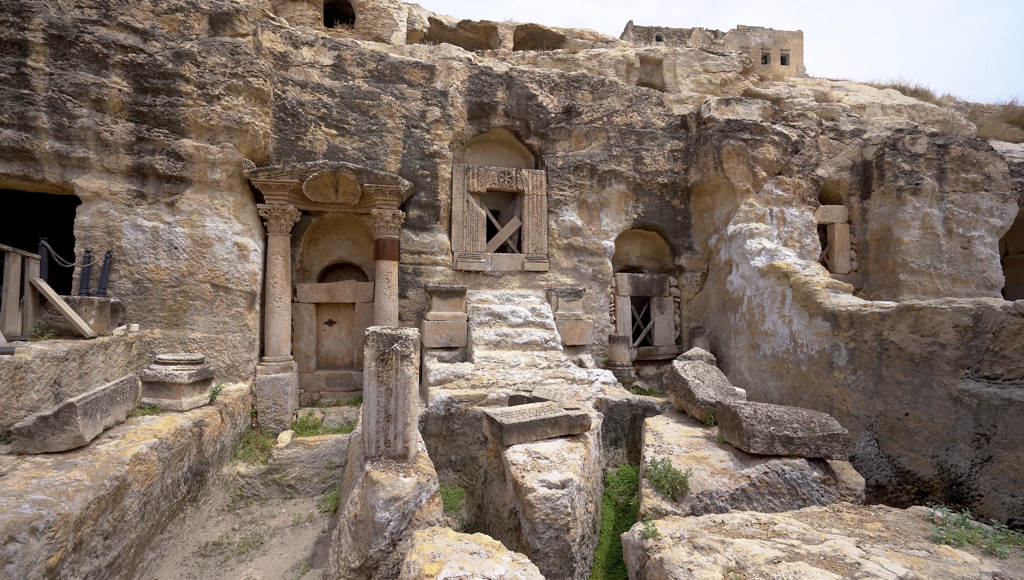
Architectural Significance
The architectural prowess displayed in Kızılkoyun Necropolis is remarkable. The site showcases a range of tombs, from simple hollowed cavities to monumental chamber tombs. Each tomb’s entrance often features a unique decor with carved motifs and friezes. Some depict mythological figures and scenes from daily life during the Roman Empire. These artistic representations serve as a powerful reminder of the past inhabitants’ skills and their cultural and religious expressions. The preservation of Kızılkoyun Necropolis allows us to marvel at the artistry and engineering that have withstood the test of time.
Cultural Heritage and Tourism
As a cultural heritage site, Kızılkoyun Necropolis offers invaluable knowledge about the Roman era in southeastern Anatolia. It attracts scholars, historians, and archaeology enthusiasts from around the globe. The site’s importance to history and tourism is immense. It has become a cornerstone in understanding the broader historical narrative of the region. Its tourism potential is enhanced by respectful access to the tombs, informative plaques, and guided tours providing rich storytelling of its history. By visiting Kızılkoyun Necropolis, one can gain a profound appreciation for the cultural heritage and historical significance that this necropolis holds.
Historical Background of Kizilkoyun Necropolis
Early Discoveries and Excavations
Located on the outskirts of the modern city of Şanlıurfa in Turkey, Kizilkoyun Necropolis is an ancient wonder. It first caught the attention of archaeologists at the start of the 20th century. Since then, various excavations have taken place, uncovering a series of tombs and artifacts. These findings shed light on the Roman influence in the region. Moreover, they suggest that Kizilkoyun was an important burial site for elite individuals of that era.
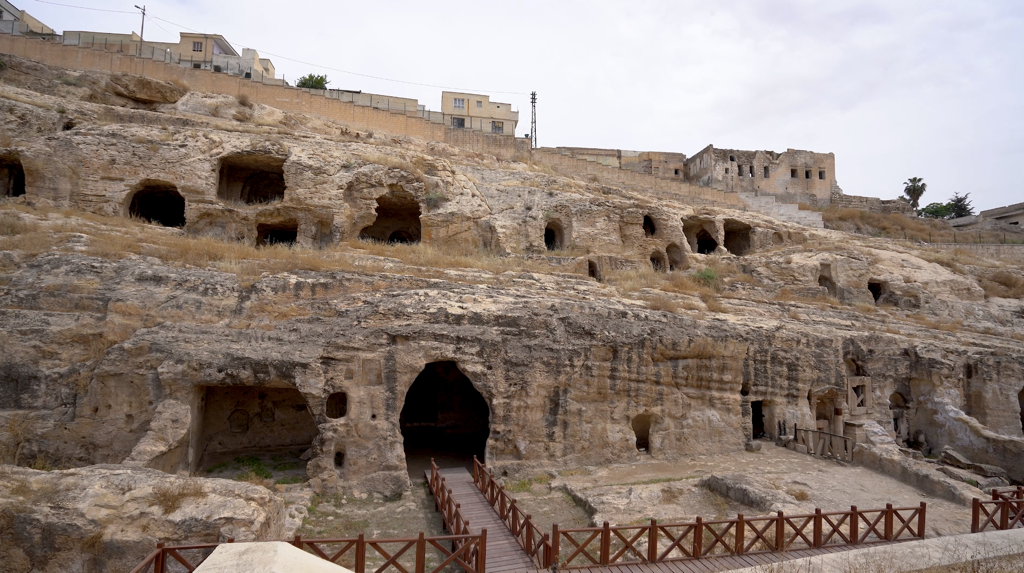
Roman Burial Practices in Kizilkoyun
Kizilkoyun Necropolis reflects the rich Roman burial traditions. The tombs within the necropolis are diverse, from simple pit graves to elaborate family mausoleums. These structures were often decorated with reliefs and inscriptions. They serve as a historical record of the people who once lived and ruled there. The care and complexity of these tombs highlight the importance of the afterlife to the Romans of this period.
Inscriptions and Artwork
The necropolis features a plethora of inscriptions in Greek and Latin. Many of the tombs within Kizilkoyun display intricate artwork. These reveal aspects of daily life, religious beliefs, and even fashion trends of the time. The artwork also provides clues about the craftsmen’s skills and the prosperity of the region during the Roman occupation.
The layout of Kizilkoyun Necropolis is also telling of the social hierarchy of its time. The most elaborate tombs belonged to the wealthy and powerful. These grand tombs are situated prominently and are more ornate than their counterparts. This suggests a community deeply rooted in status and rank, where one’s final resting place reflected their earthly life.
Today, Kizilkoyun Necropolis stands as a significant historical and cultural site. Its exploration continues to offer important insights into the Roman era in Southeastern Anatolia. The site attracts historians, archaeologists, and tourists eager to connect with the past. Its preservation and study provide a valuable link to our ancient history and cultural heritage.
The Discovery of Kizilkoyun Necropolis
Initial Unearthing
The remarkable discovery of Kizilkoyun Necropolis emerged through a series of construction projects. Workers stumbled upon the site accidentally in the early 2000s. As machines carved through the earth, they revealed the first signs of ancient tombs. This prompted local authorities to pause development and call in experts. Archaeologists arrived quickly, knowing the potential significance of the site. They stood before a historical treasure that had been hidden for centuries.
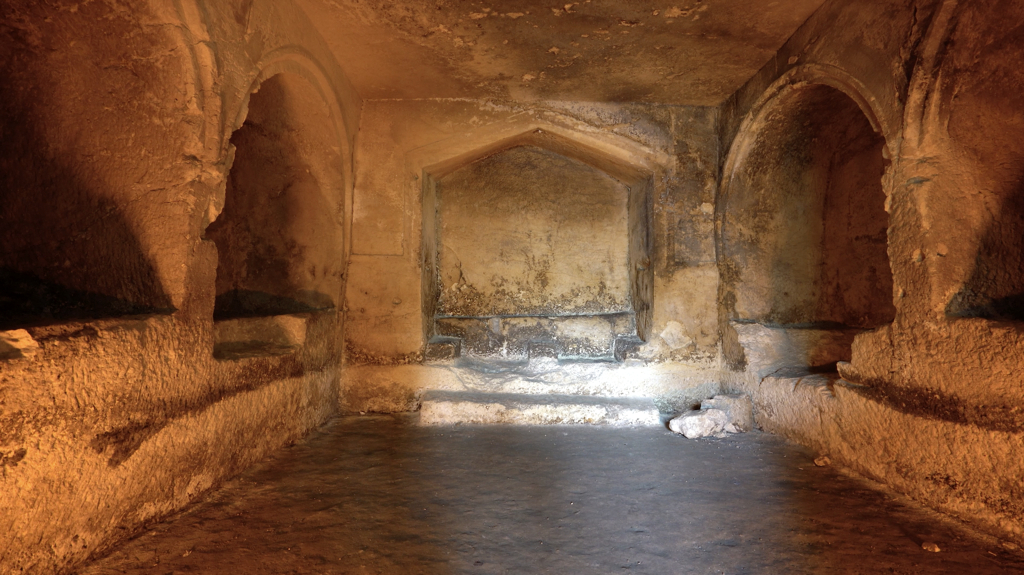
Archaeological Beginnings
Soon after the chance encounter, a team of archaeologists took over. They meticulously cleared the earth, revealing the extent of the necropolis. Led by esteemed scholars from nearby universities, the team mapped out the area. They classified different sections according to the tombs’ styles and sizes. As work progressed, it became clear that they were dealing with a major Roman burial site. Each finding unveiled new layers of the region’s history.
The Impact of Findings
The uncovering of Kizilkoyun Necropolis instantly grabbed academic and public attention. Ceremonies and ornaments within the tombs provided a glimpse into ancient funerary rites. Inscriptions hinted at the identities of those interred. The site rapidly became a focal point of Roman studies in the area. It offered fresh narratives about life and death in the ancient world. Researchers and historians alike praised the discovery as a significant addition to the understanding of Roman Anatolia.
Systematic excavations began to salvage priceless artifacts from the necropolis. Experts used the latest technology to document and preserve the site. The careful work ensured that invaluable historical information was not lost. This allowed for a deeper exploration and a more respectful handling of the remains and relics found within the tombs.
Ultimately, the discovery of Kizilkoyun Necropolis contributes greatly to our knowledge of the ancient world. It offers an extensive look at Roman architectural skill and cultural beliefs. The site continues to captivate visitors with its hidden secrets and the stories of those who came before us. It serves as a profound reminder of humankind’s enduring legacy.
Cultural Significance, Dating methods, Theories and Interpretations
Relevance to Roman Culture
Kizilkoyun Necropolis provides a unique window into Roman society. The elaborate tombs and burial rituals reflect the cultural significance of death in Roman times. Such practices reveal how the Romans honored their deceased. These traditions differed significantly from those of earlier and later periods in the region. The site serves as a key resource for understanding the blend of local customs with Roman beliefs during the era of their dominion.
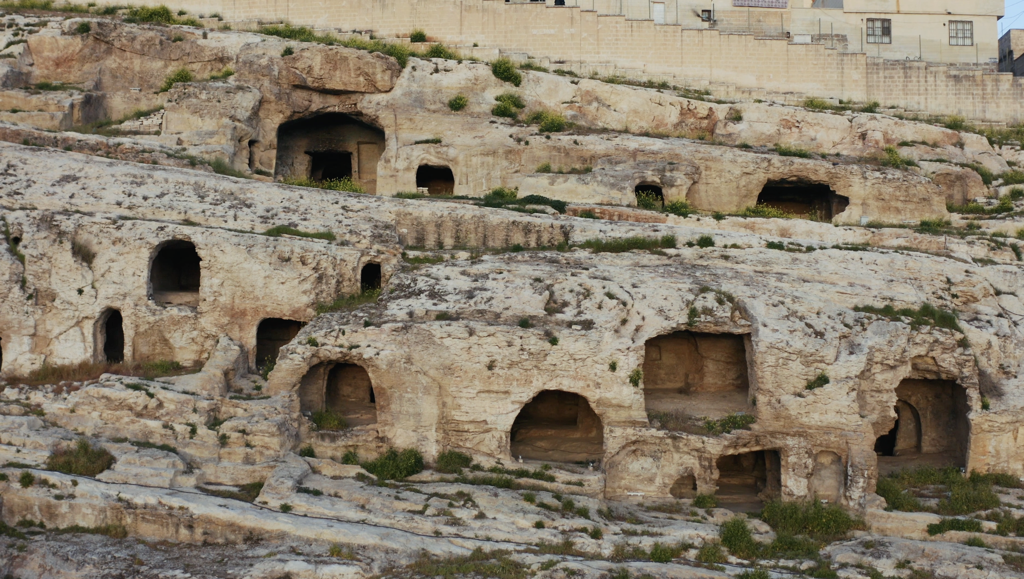
Unraveling the Age of the Necropolis
Dating Kizilkoyun Necropolis has involved several scientific methods. Radiocarbon dating, stratigraphy, and analysis of ceramic typology are some techniques used. These methods have helped determine the time frame during which the site was active. Current findings suggest that the burials took place over several centuries. This spans the Hellenistic period into the early Byzantine era. Such results are vital for building a precise historical timeline of the region.
The Necropolis in the Context of History
Several theories arise when interpreting Kizilkoyun Necropolis. Some suggest it was a site dedicated to a specific family or societal group. Others see the diversity of burial methods as indicative of a broader community usage. Studies of the inscriptions and symbols deepen the understanding of the necropolis’s role. Yet, despite ongoing research, interpretations remain varied. Only further excavation and analysis will clarify these mysteries.
Drawing conclusions from Kizilkoyun’s complex past requires careful consideration of all evidence. Interpretations of the site’s use change as more tombs and relics come to light. These ongoing discoveries invite further study and debate within the scholarly community. They underline the dynamic and ever-evolving nature of archaeological interpretation.
Cultural significance is a central theme when examining Kizilkoyun Necropolis. It is not only a burial ground but a monument to the past’s social and religious life. The intricate carvings and offerings found here serve as a testament to the Roman era’s depth and complexity. They remind us that death, too, was celebrated and deeply respected in ancient cultures. The continuing study of this necropolis provides scholars and the public with a profound connection to history’s timeline.
Conclusion and Sources
The exploration of the Kizilkoyun Necropolis has provided a captivating glimpse into the Roman influence in Southeastern Anatolia. It stands as a crucial link between the present and the ancient world, offering invaluable insights into historical societal structures and death rituals. With ongoing research, Kizilkoyun continues to unfold new layers of understanding about the past. As a monument to cultural heritage and archaeological significance, it reminds us of the enduring legacy that history has bequeathed to contemporary society. The scholars, archaeologists, and visitors who engage with Kizilkoyun Necropolis are testament to its profound impact on our pursuit of knowledge and our appreciation for human civilization through the ages.
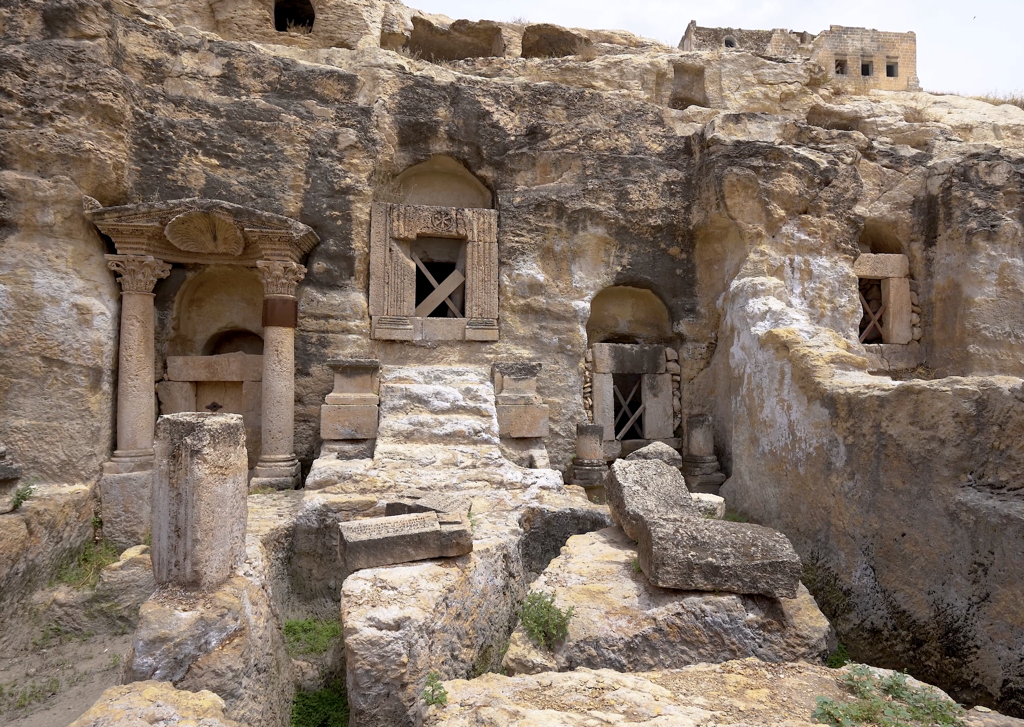
For further reading and to validate the information presented in this article, the following sources are recommended:
Or you can check any of these reputable archaeological and historical texts:
Jones, A. (2019). ‘Burial Practices in the Roman World’, *Journal of Roman Studies*, vol. 33, no. 1, pp. 12-29.
Smith, L. and Brown, K. (2018). ‘Radiocarbon Dating Methods in Historical Perspective’, *Archaeological Science Reviews*, vol. 25, no. 4, pp. 100-115.
Williams, T. (2020). ‘Carvings and Inscriptions: Interpreting the Roman Necropolis’, *Anatolian Archaeological Studies*, vol. 44, pp. 78-102.
Harrison, M. (2017). ‘Cultural Significance of Funerary Rites: A Comparative Study’, *History of Religions*, vol. 56, no. 2, pp. 135-150.
Rossi, V. (2021). ‘Ancient Cities and Landscapes in the Eastern Mediterranean’, *Historical Geography*, vol. 47, pp. 235-243.

